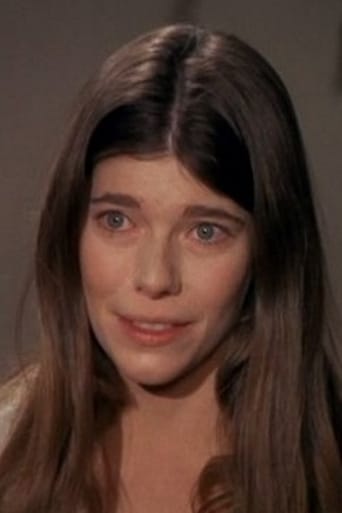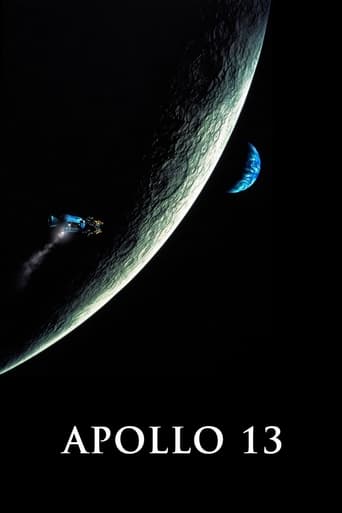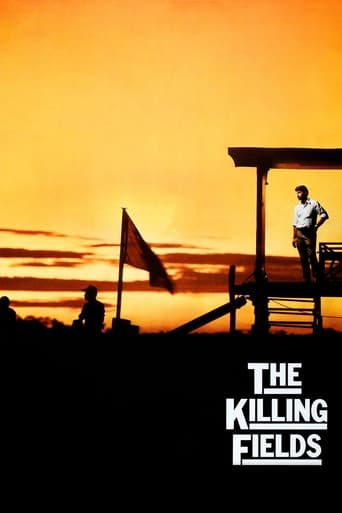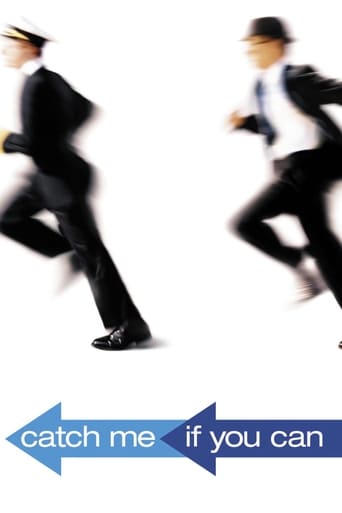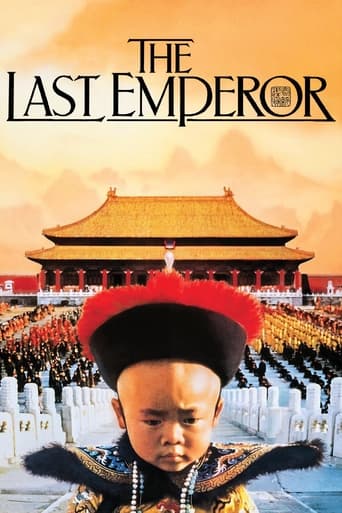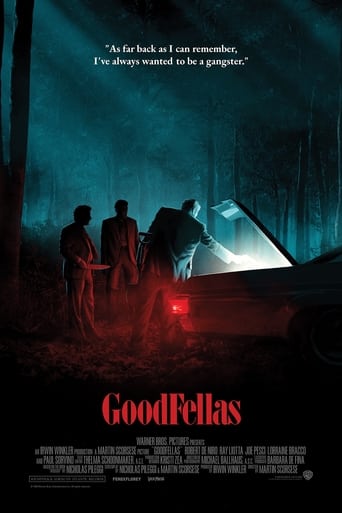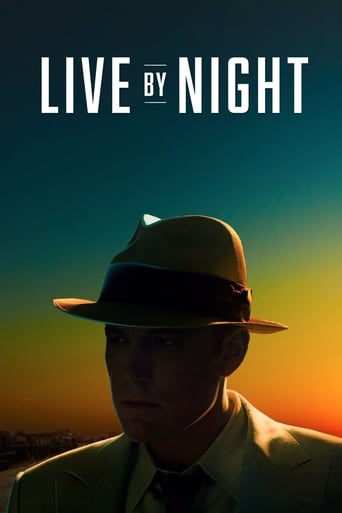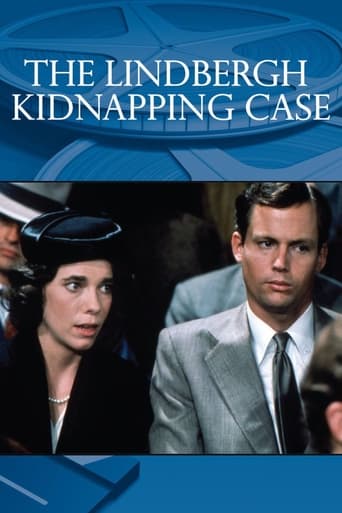
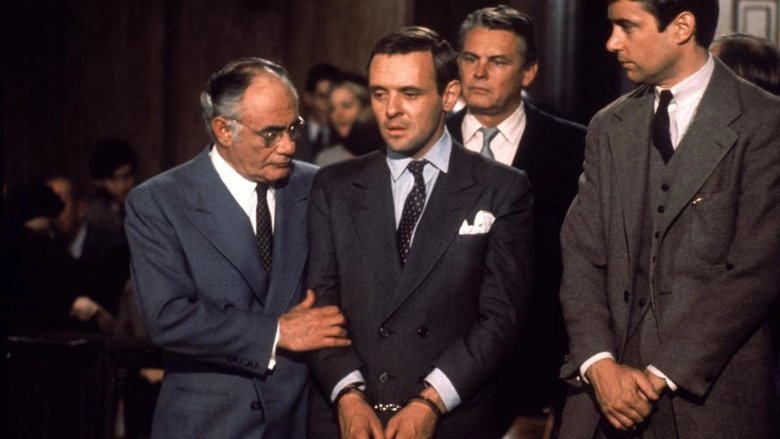
The Lindbergh Kidnapping Case (1976)
Fact-based story of the kidnapping of Charles Lindbergh Jr., son and namesake of the famed pilot, and ensuing trial of accused and convicted killer, Bruno Hauptmann.
Watch Trailer
Cast


Similar titles
Reviews
I like the storyline of this show,it attract me so much
To me, this movie is perfection.
Sadly Over-hyped
Although I seem to have had higher expectations than I thought, the movie is super entertaining.
If you've read Jim Fisher's book The Lindbergh Case, you likely feel certain that they executed the right person for this crime. It seems with every big-time crime there are people eager to write books claiming the wrong person was charged or convicted. Only sometimes is that the case. I have read several books on this case, including the piece of fiction called The Airman and the Carpenter, which has so many holes in its claims I thought I had Swiss cheese in my hands when I read it.I have also been to the New Jersey State Police Museum, and seen some of the evidence, including the actual ladder. Hauptmann's sneering "I am a carpenter" line got a lot of attention, but the actual ladder was rather cleverly constructed, with three sections folding up to a size that could fit into a regular automobile, yet reach the second story window. Because of the thin wood that couldn't quite hold the weight of the kidnapper and the dead infant, it snapped. It was constructed that way to make it weigh only 38 pounds (I believe was the figure), making it easier to carry, which was necessary for the crime. It would take a good carpenter to build such a clever ladder.For those who want to claim Hauptmann was working with others, consider how he quickly accepted Condon's offer of $50,000 instead of the $70,000 he was supposed to deliver. Anyone working with others would refuse, knowing his partner(s) would insist he make up the difference--"Sure they only paid $50 G's. Fine. I believe you. But my share is still $35,000, so you'll have to settle for $15,000 Mister-Always-Eager-to-Bargain." The kidnapper who collected the ransom had to be acting alone. Indeed, if a group of people had been involved, why would they settle for a mere $50,000? That's a large sum for one man in 1932, but not that much for a group of six--which is how many Cemetery John told Condon were involved.The evidence is overwhelming against Hauptmann. When you read how the baby was dragged out of his crib by his head, you cannot help but believe he was killed first--to prevent any attention-getting cries. That makes the crime of murder premeditated. Why would one man, a loner by all accounts, feel the need to involve others in his scheme when he could easily carry it out by himself? There is no evidence at all that anyone other than Hauptmann was involved.As for the movie, the portrayals are wonderful. I particularly liked the way Sian Barbara Allen portrayed Mrs. Lindbergh, and Cliff De Young seemed "spot on" with his portrayal of Col. Lindbergh. Joseph Cotton made a most convincing Dr. Condon as well. I think I understand the doctor's unusual quirks better than I did after all my reading.Some aspects of the case are skipped, and some scenes are condensed from two in real life to one in the film. Otherwise, you'd have a 22-hour film. But what they showed was extremely accurate, matching the facts of the case. If there is one scene that seemed absolutely unbelievable, it was the people outside the courtroom selling miniature "kidnap ladders." But I remember learning that this really happened in my high school history class.I love films that portray history in a realistic manner. While this film wasn't at all perfect, it was extremely well done and gives the viewer the feeling he is witnessing history.
I found this to be a reasonable telling of a true story that gripped America in the thirties but it was definitely overlong.I do usually enjoy courtroom dramas but must admit that this isn't at the top of the tree for me.For some reason I found it to be less than gripping and I also found the editing at times to be abrupt and a bit confusing.On the plus side,the acting is pretty good and Anthony Hopkins did well in a role that made it difficult for anyone to have any sympathy for his character.You did get the feeling that some things were never discovered such as was the child murdered by just one person and this gave the movie a flat almost empty ending.Not too bad I suppose but at least thirty minutes too long.
It was a good thing that this enactment began directly with the crime itself, rather than lengthy Lindbergh background information. Hero parade footage under the opening credits sufficed. The viewer was plunged into the night of the kidnapping, which was meticulously presented, as was every aspect of this torturous event. One became aware of the media circus that ensured, spurred on by an invasive press and "nosey" public. One was struck by the absurdity of so many people reaching their own conclusions without being privy to actual case evidence.What was particularly disturbing was the re-enactment of a capital punishment crowd brandishing its "eye for an eye" primitive philosophy. Likewise, was the extreme consequences offered by the price of fame.A worthy cast included several veteran actors, bringing great feeling to their roles. Despite its over-length, the drama maintained interest. The ending credits admitted to the story's being "based" on fact, with "some characters and incidents fictional." Just where the lines of demarcation occurred left one hanging regarding full script credibility (ironically, I caught this on the "True Stories" channel).For a general background of this highly publicized case, this enactment provided useful informative.
This is the sort of thing that TV does rather well sometimes, a more or less true story with competent (but either over-the-hill or just-beginning) performers, no expensive special effects, and time enough for attention to detail if not one thousand takes per shot.It's quite well done, a good example of the form. The cast is particularly good: Walter Pigeon as the somewhat biased judge, Martin Balsam as the raffish but sloppy defense counsel, David Spielberg as the waspy headline-grabbing prosecutor, Dean Jagger as an expert witness on carpentry, Cliff De Young as a cool, composed, remote Lindbergh (true to life, that is), and equally talented performers in multiple smaller roles. Anthony Hopkins is superb. He captures Hauptmann's brittleness and anxiety perfectly in a fine performance. Did he do it? The movie doesn't tell us, although the final impression we're left with is that he is in fact guilty. His story of how he came by the marked bills in the ransom payoff is about as implausible as anyone could imagine, the worst Fisch story you ever heard. Yet the prosecution's case was full of gaping holes and minor to major weaknesses, although the film doesn't make this clear. For instance, Colonel Lindbergh is called to a Bronx police station to listen to the members of a lineup shout out the kidnapper's words and try to identify the criminal. Lindbergh does so promptly and positively. Yet of the five men in the lineup, Hauptman is the only one with a German accent, which the police already knew the kidnapper had. And Lindbergh must identify the voice from the other side of a closed door. And the voice is one that he heard only from a distance, and two years earlier. Martin Balsam as Riley, defending Hauptmann, mentions none of this in his cross examination. The same is true for Joseph Cotton, who has never seen the kidnappers and who has earlier refused to identify Hauptmann's voice as that of the criminal. Two years is a long time to identify a muffled voice heard speaking only a few sentences on a dark night two years ago. And Spielberg's treatment of Hopkins on the witness stand is inexcusable. There were newsreel cameras in the courtroom at the time and Spielberg uses every dramatic trick in the book to influence the jury. What a performance! And afterward he does everything except face the cameras, flourish his cape, and take a bow. It's impossible to believe that such shenanigans could take place in a courtroom today, even the most lenient.This was the original "crime of the century." Lindbergh was an icon. There were songs written about him ("Lucky Lindy") and dances named after him (the "Lindy Hop"). Hopewell, New Jersey, the scene of the kidnapping must have been a small quiet town in 1932 because it was still a small quiet town in 1972 when I lived nearby. The Hunterdon County Courthouse in Flemington however is almost unrecognizable. The building is the same but any view of it from the street is blocked by the shade trees that have matured since the movie cameras of 1934 captured it on film. Those same movie cameras show us a mass of onlooking, souvenier hackers, and journalists, screaming and swaying back and forth, a herd of African wild dogs savaging its prety. The movie leaves one wondering about things like this: Dean Jagger's carpentry expert testifies that a board found at the scene of the crime was once part of the same larger plank that yielded a board built into the attic of Hauptmann's garage. Our technology is now so advanced that almost certainly more information could be gleaned from those two boards. I wonder where that evidence is now?




